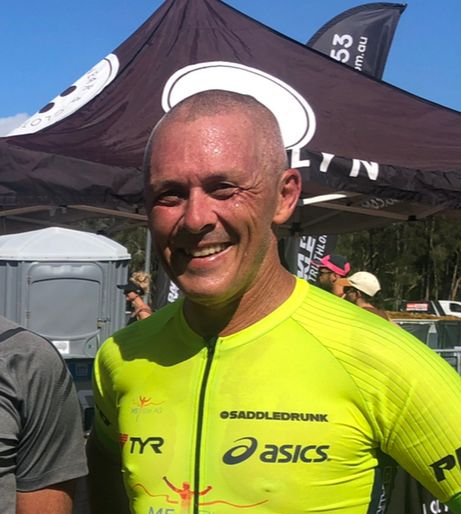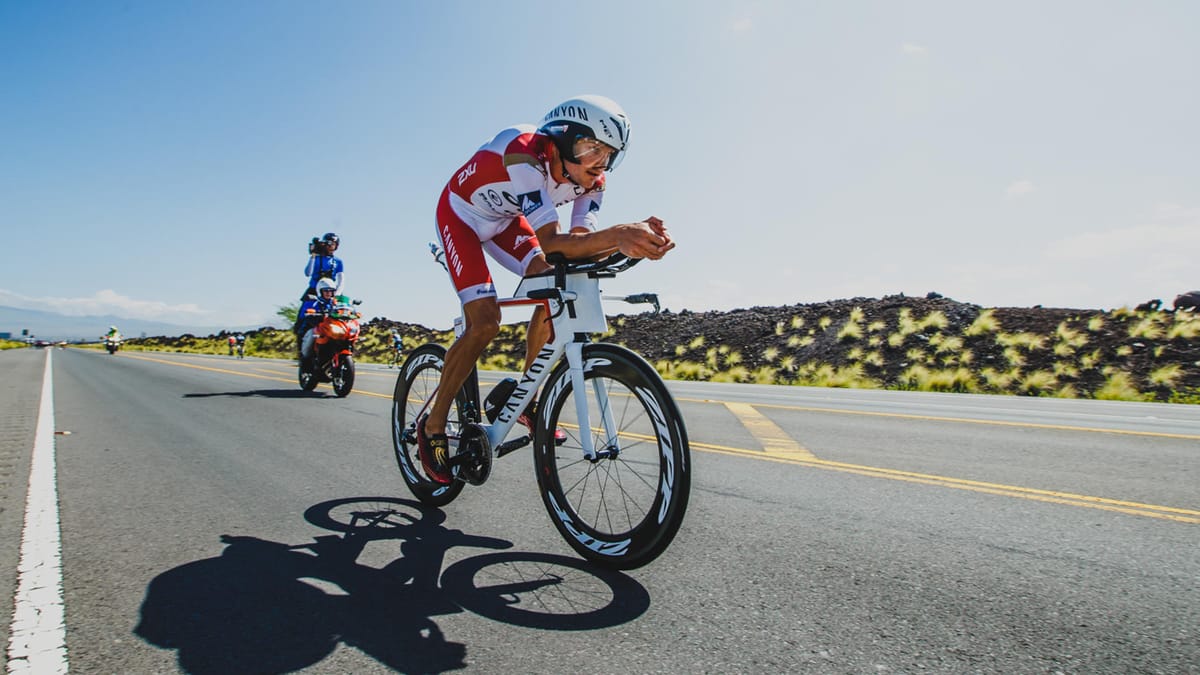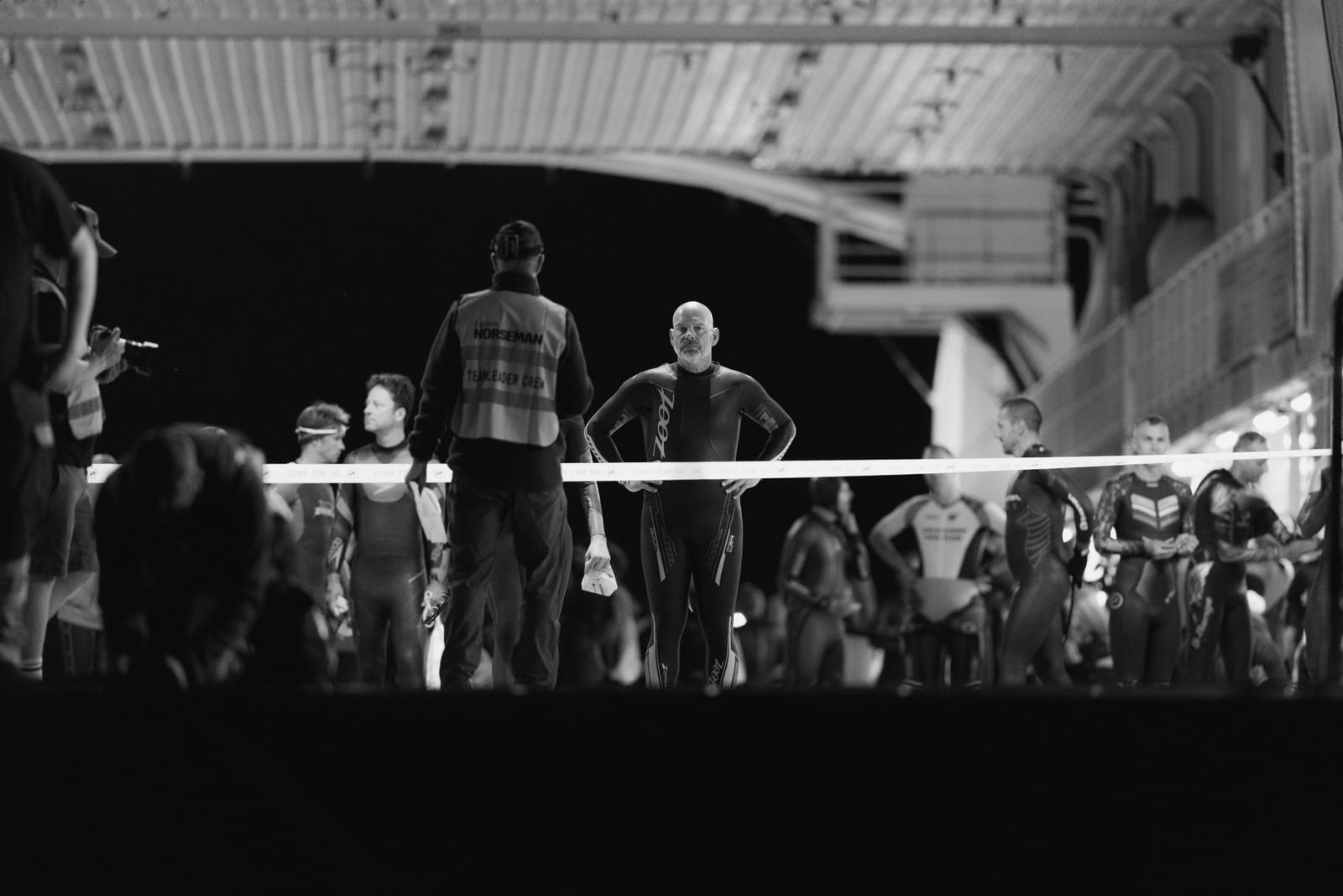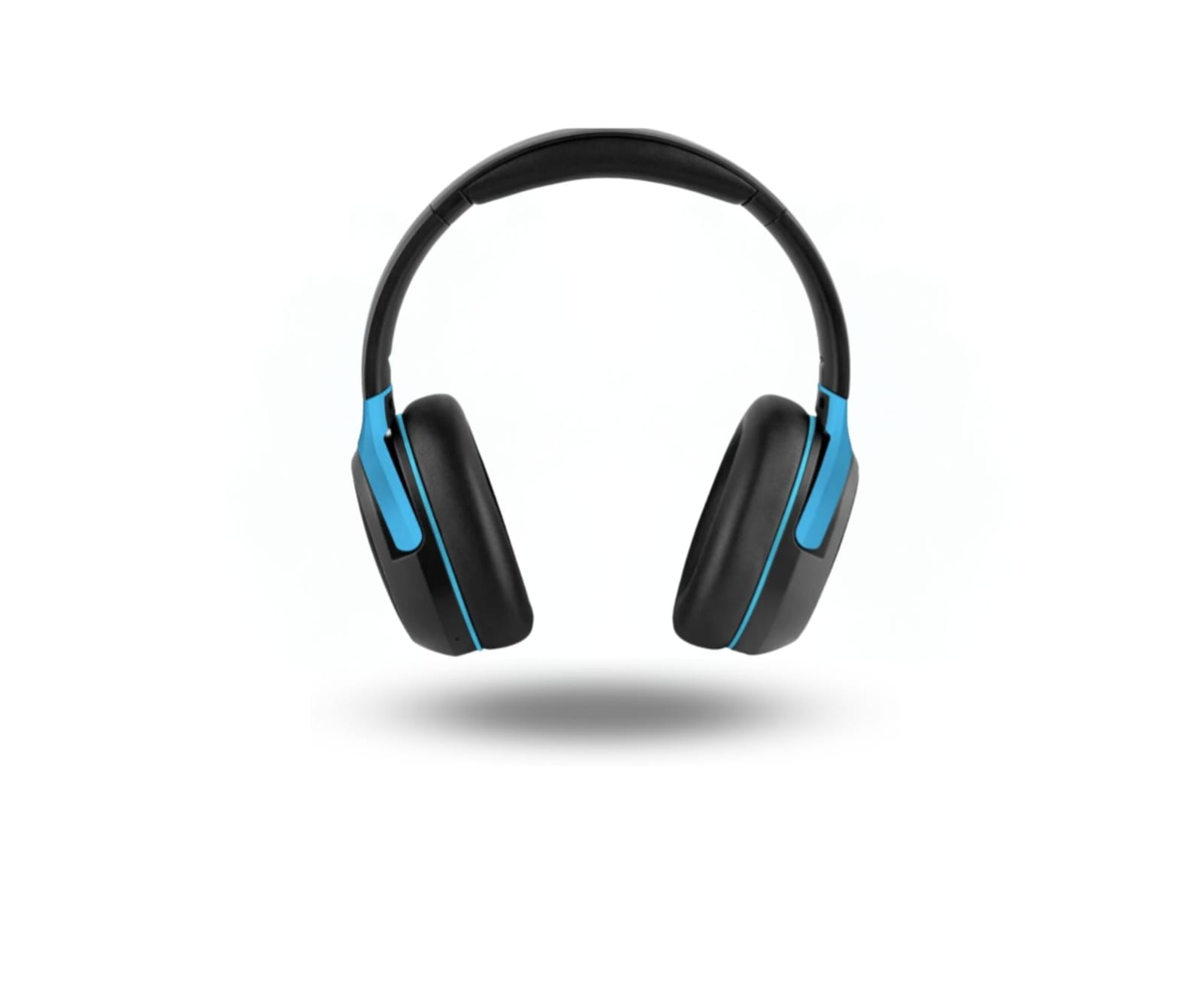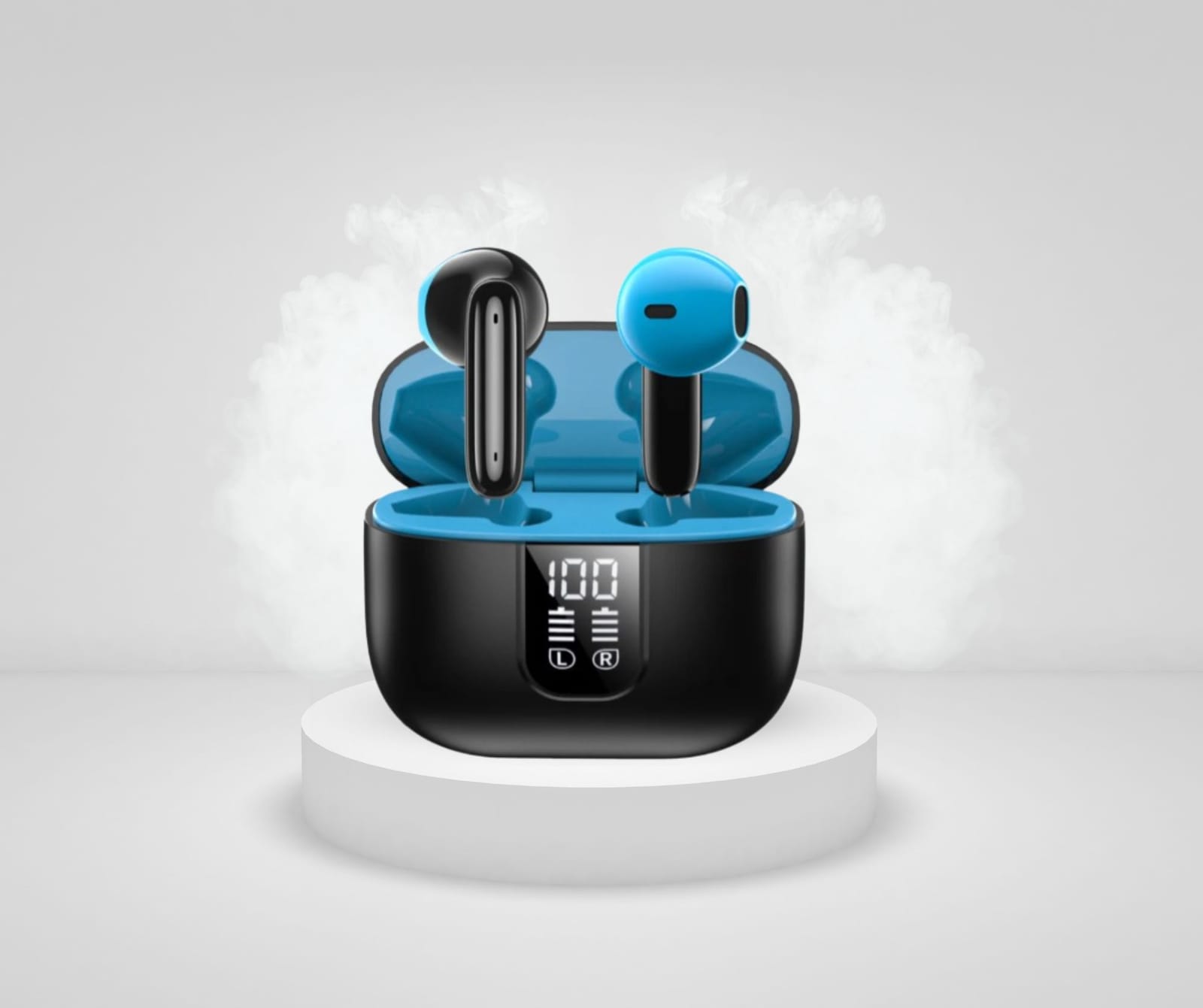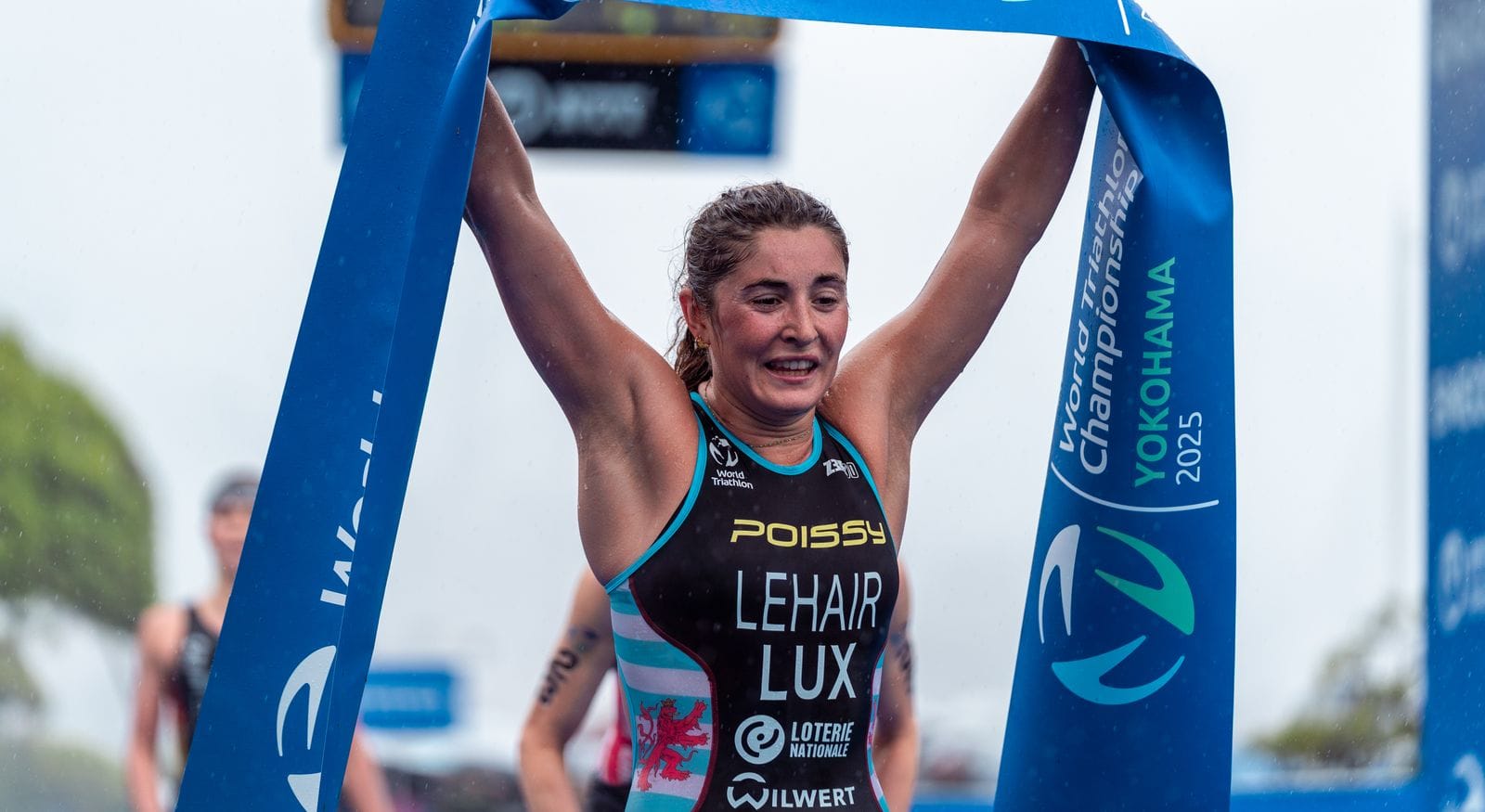Swimming related sports injuries: You may think that swimmers never get hurt. If so, read on
Swimming is regarded as the ideal form of exercise because it is so injury-free. Physical problems only really emerge as a result of competitive training, combined with heavy land training. The result? Over-use or repetitive microtrauma injuries such as swimmer’s shoulder and breast-stroke knee . These two terms are just generalised names for a variety of injuries that can occur at the shoulder or knee joint because of the heavily repetitive nature of competitive swimming. This stress can be appreciated if you imagine a swimmer training 200-300 lengths per session, x 8+ sessions per week for eight months of the year – those arms certainly circle a lot of times! This is why efficient technique (with regular assessment) and even diet are vital to ensure a swimmer’s competitive career is as injury-free as possible.
Swimmer’s shoulder is more properly known as painful arc/ rotator cuff tendinitis, or shoulder impingement. In the recent issue of PP on sports injuries ( issue 109), Simon Kemp described in some detail the muscles that make up the rotator cuff. In swimmers, painful arc/rotator cuff pain in the shoulder can occur in any of the following movements:
1 Adduction of the arm at the shoulder (when the extended arm is lifted sideways to vertical, away from the mid-line of the body)
2 When this movement is blocked
3 Flexion of the arm at the shoulder (when the extended arm is lifted out in front)
4 When this movement to left or right is blocked.
Pain occurs in the arc between 80-110 degrees. If little strength can be put against blocked movement, there could be a tear in the rotator cuff. Cause: over-use of any of the four shoulder muscles, poor blood supply or poor swimming efficiency and technique. This form of trauma often accompanies shoulder impingement (which Dr Kemp also described). Treatment involves rest and assessment of the swimmer’s bio-mechanics in order to identify any faults that may contribute to the injury. It is also important to look at the land conditioning or weight training the swimmer is undertaking, again to identify possible injury factors.
The acromioclavicular joint (where the clavicle and scapula meet) may develop degenerative arthritic changes, particularly from damage in resistance weight training. The repetitive motions of swimming may also stress this joint. The problem is usually treated conservatively with rest; however, if there is no satisfactory response, non-steroidal anti-inflammatory drugs, local heat and ice contrast and occasionally a cortisone injection may be needed.
Arthritis of the glenohumeral joint (where the head of the humerus meets the glenoid cavity) may be seen in the masters age group, though it is rare in the young. Inflammatory arthritis (rheumatoid) may, however, affect the young athlete; it destroys the surface of the joints. Massive arthritic destruction of the glenohumeral joint may require prosthetic joint replacement or joint fusion. Obviously neither would allow an athlete to effectively take part in competitive swimming.
Where the force comes from
The propulsive force of a swimmer comes from the upper body, with the legs acting as stabilisers and providing little propulsion. The shoulder joint must withstand repetitive microtrauma and is subject to overuse syndromes. However, not all swimmers who train under similar conditions develop significant interfering shoulder problems – most will escape any ill effects. The most powerful swimming muscles are the adductors and internal rotators (subscaplaris, supraspinatus and teres major). In an unstable shoulder, the external rotators will be required to do extra work to restrain the humeral head from anterior translation during the press and in-sweep phases of the freestyle stroke. This can lead to overload, fatigue and secondary inflammation, and may account for the common complaint of posterior pain in an individual with anterior shoulder subluxation or dislocation.
Strengthening of the rotator-cuff muscles provides the best stability to the joint and decreases the chance of hypermobility. Military press (shoulder press), side raise with dumbbells (with external rotation), medicine ball exercises, lateral pull-downs and seated rows are examples of a few.
As a competitive swimmer myself, I have found problems with the sternoclavicular joints (where the sternum and the clavicle meet). For four to five years I have been putting off the dull aches and pains felt while exercising, particularly when my shoulder girdle is retracted (shoulders pulled back) – press-ups, bench press, seat row, reverse flies, and through all of the swimming strokes. The ligaments there to support and strengthen the joint seem to have lost all form of rigidity and stability as the head of the clavicle actually slips out of its socket (and then back in on protraction, shoulders forward). The problem only becomes painful after 1-2 hours in the pool, after continuous repetitive movements. The pain is more of a dull ache, and all I feel comfortable doing is stretching because it seems to ease the pressure and discomfort around the sternoclavicular joint.


